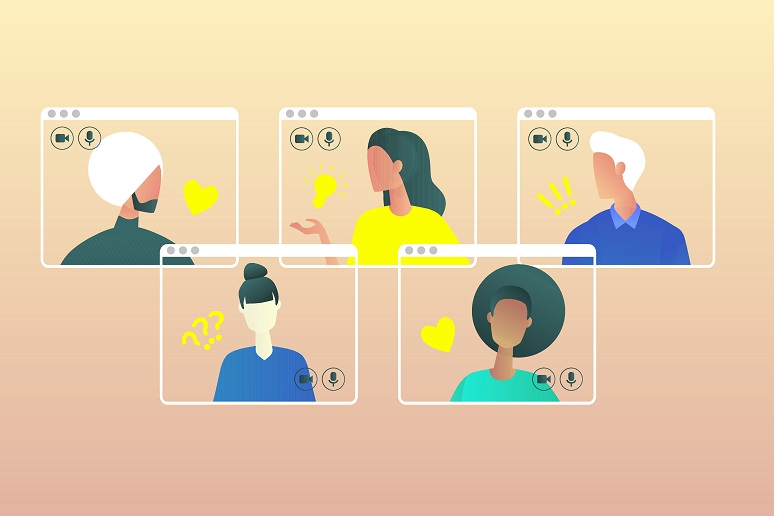A connected, collaborative workplace is crucial to delivering a positive employee experience. And this goes beyond outfitting open meeting spaces or finding the team collaboration app with all the emojis. This year, diversity and inclusion (D&I) issues have been on the minds of many in the workplace. HR professionals are looking to help — with the assistance of D&I-specific technology.
Diversity, Inclusion Solutions (and Software)
Recently, I learned of
Speakfully, which provides a suite of documentation, reporting, and support tools aimed at allowing employees to share their workplace experiences safely and privately. In Speakfully, employees log incidents of mistreatment or harassment in a private folder, which they then submit for HR review, as described on the company website. Through an analytics dashboard, HR professionals can track incidents and watch for trends that might require action.
Using the data, HR can intervene to address and stop inappropriate behavior at an individual level. Or, if the data shows more widespread abuse, then HR can work with leadership on properly addressing it, maybe recommending new policies or training around specific issues.
Other applications try to tackle specific D&I issues, such as hiring or accessibility. For example, hiring platform
Applied anonymizes the job application process to reduce unconscious bias, and mobile job-matching app
Blendoor hides irrelevant resume data such as age and photos. Other solutions aim to help with mentoring and address inequalities.
Affirmity provides software and analytics that can be used to explore pay inequities and other related issues. For more examples, see
this Diversity VC guide.
How to Make It Work
Many organizations have embraced the mantra of “see something, say something,” and tools like these provide employees ways to do this whether working in an office or from home.
However, these aren’t “set it and forget it” kind of solutions. Rather, they require ongoing support, not only from HR but IT, too.
On our sister site, No Jitter, I’ve discussed (
here and
here) the obstacles that IT professionals face in efforts to make their workplaces more diverse and inclusive— with IT historically being a white, male profession. But just as IT professionals seek to level the playing field within their departments, they can play a crucial role in helping HR achieve D&I goals, too, by vetting, supporting, and managing such tools.
HR tools like the ones listed above are more vital today than ever, as evidenced in the race-related issues and longstanding inequalities brought to the forefront by the Black Lives Matter protests. Gender-based discrimination is still a major concern as well, exacerbated by
COVID-19’s disproportional impact on women in the workforce. These are tough issues with which many workplaces are trying to grapple; perhaps technology will make achieving D&I goals a bit easier.




